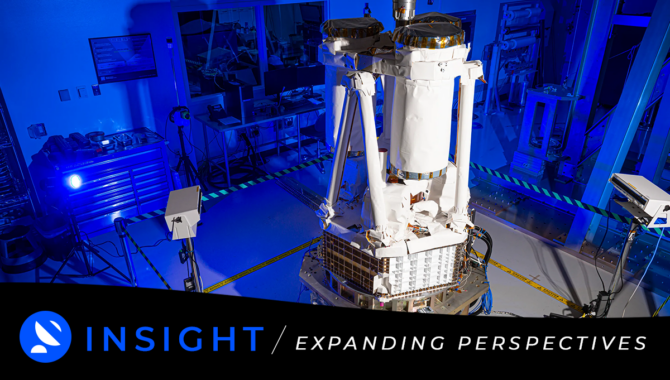
Don’t miss the latest issue of INSIGHT, APPEL Knowledge Services’ online publication featuring our new podcast episodes, columns, articles, lessons learned and more. We invite you to read it today on our website.

Don’t miss the latest issue of INSIGHT, APPEL Knowledge Services’ online publication featuring our new podcast episodes, columns, articles, lessons learned and more. We invite you to read it today on our website.
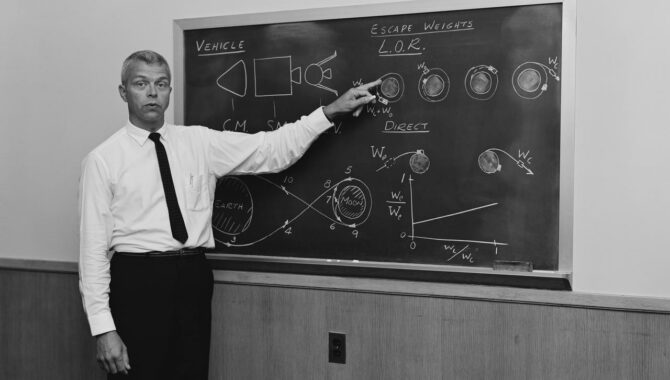
Understanding how pressure impacts performance can yield better decisions.

IXPE, or the Infrared X-ray Polarimetry Explorer, is NASA’s first space telescope dedicated to studying X-ray polarization from extreme objects like black holes and quasars.

Astronauts struggled with EVA unit and docking target during three-day mission overshadowed by pre-launch accident.
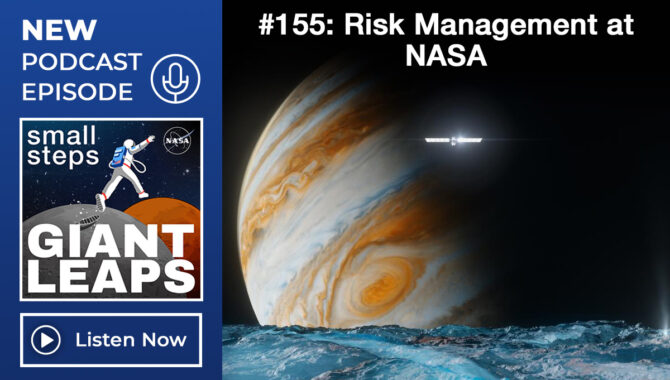
Big or small, we all take risks nearly every day. But how does NASA manage it? Dr. Mary Skow, NASA’s first agency risk management officer, explains.
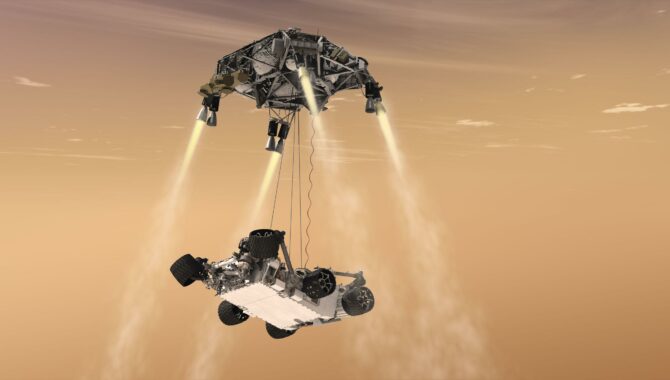
Continuous, integrated risk management process enables NASA to develop missions with complex, state-of-the-art engineering systems designed to achieve ambitious science objectives.
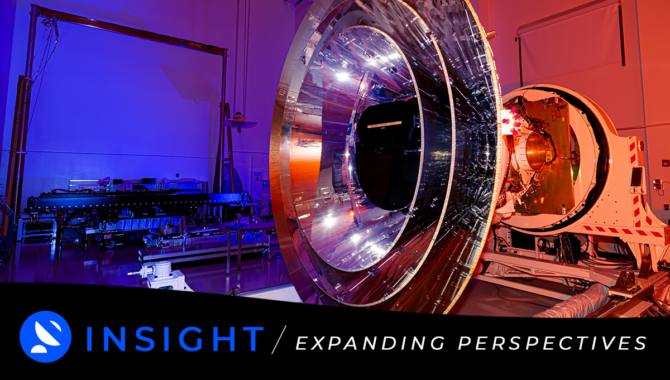
Don’t miss the latest issue of INSIGHT, APPEL Knowledge Services’ online publication featuring our new podcast episodes, columns, articles, lessons learned and more. We invite you to read it today on our website.
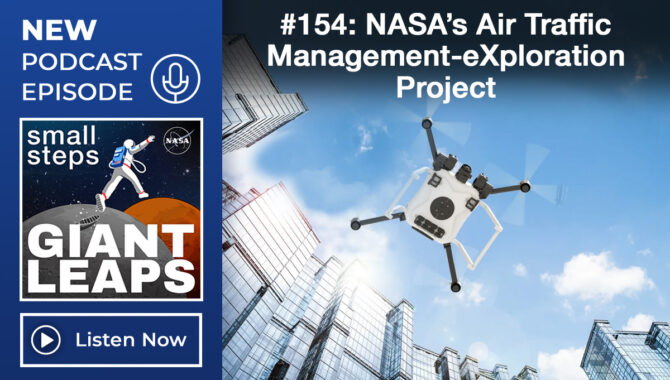
NASA’s Air Traffic Management-eXploration Project aims to accommodate the growing demand of traditional and emerging aircraft that share the friendly skies.
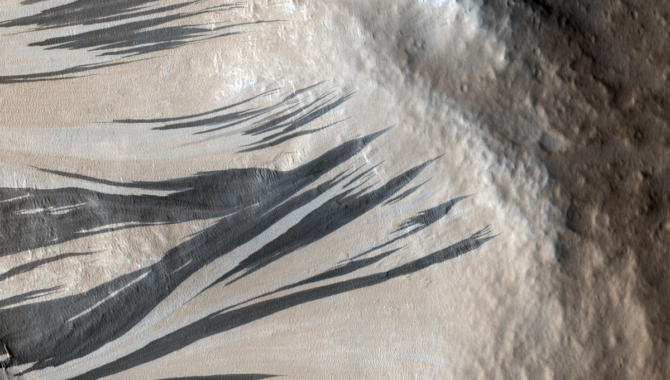
Researchers cross-check curious features with temperature, geological features, and wind speed data to check key theory.